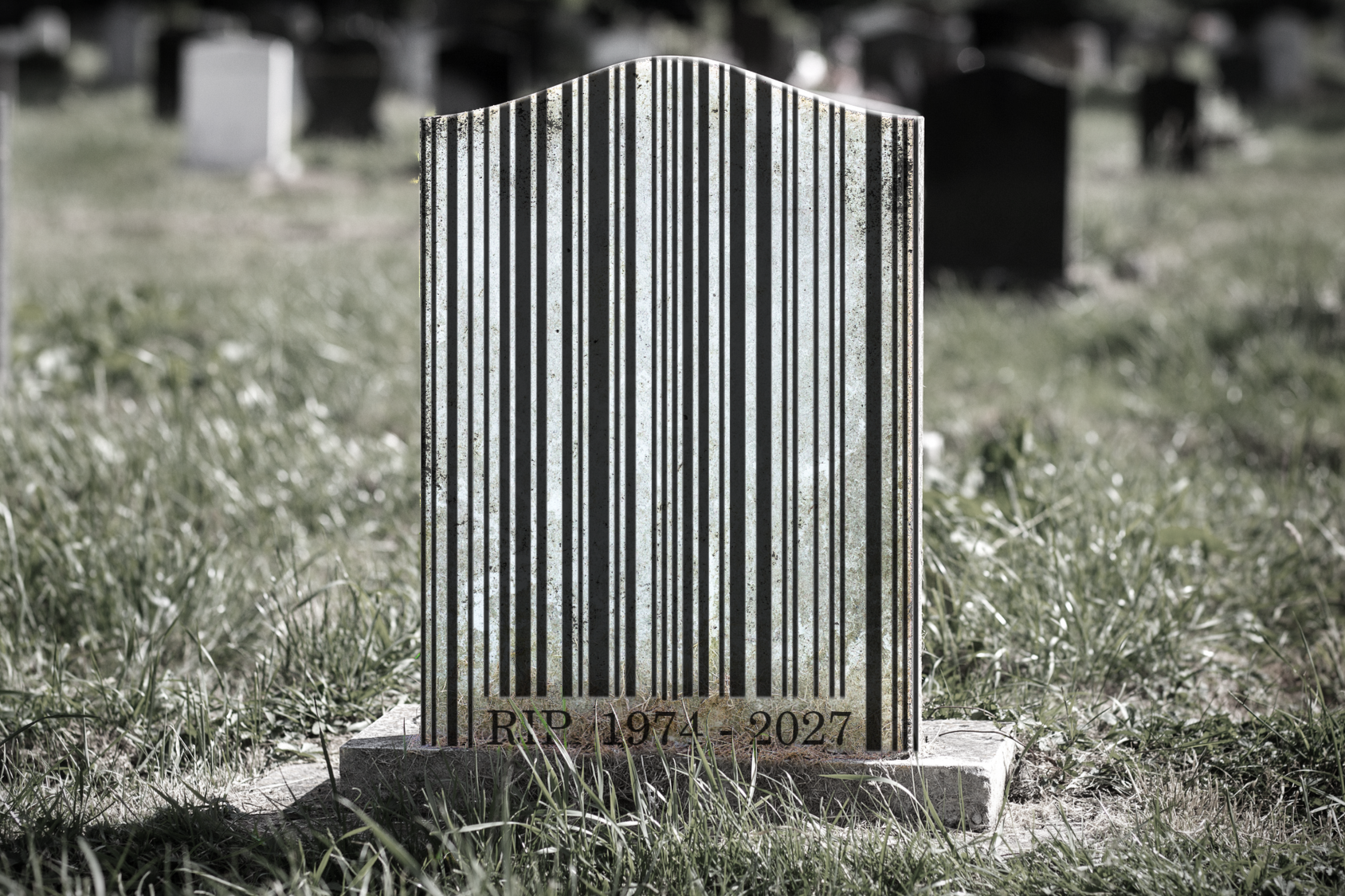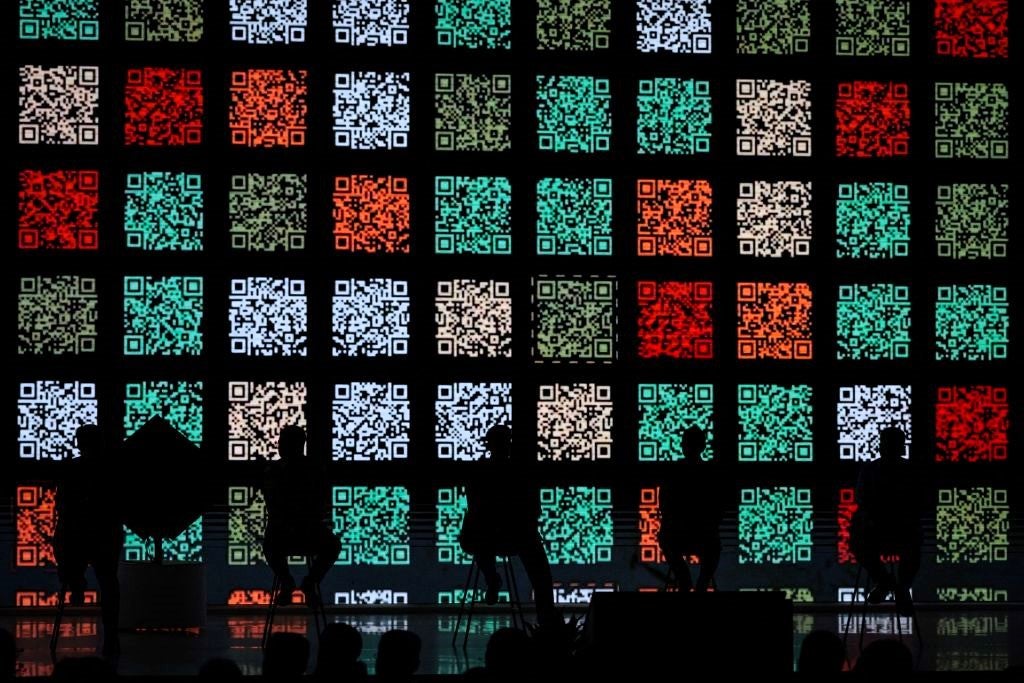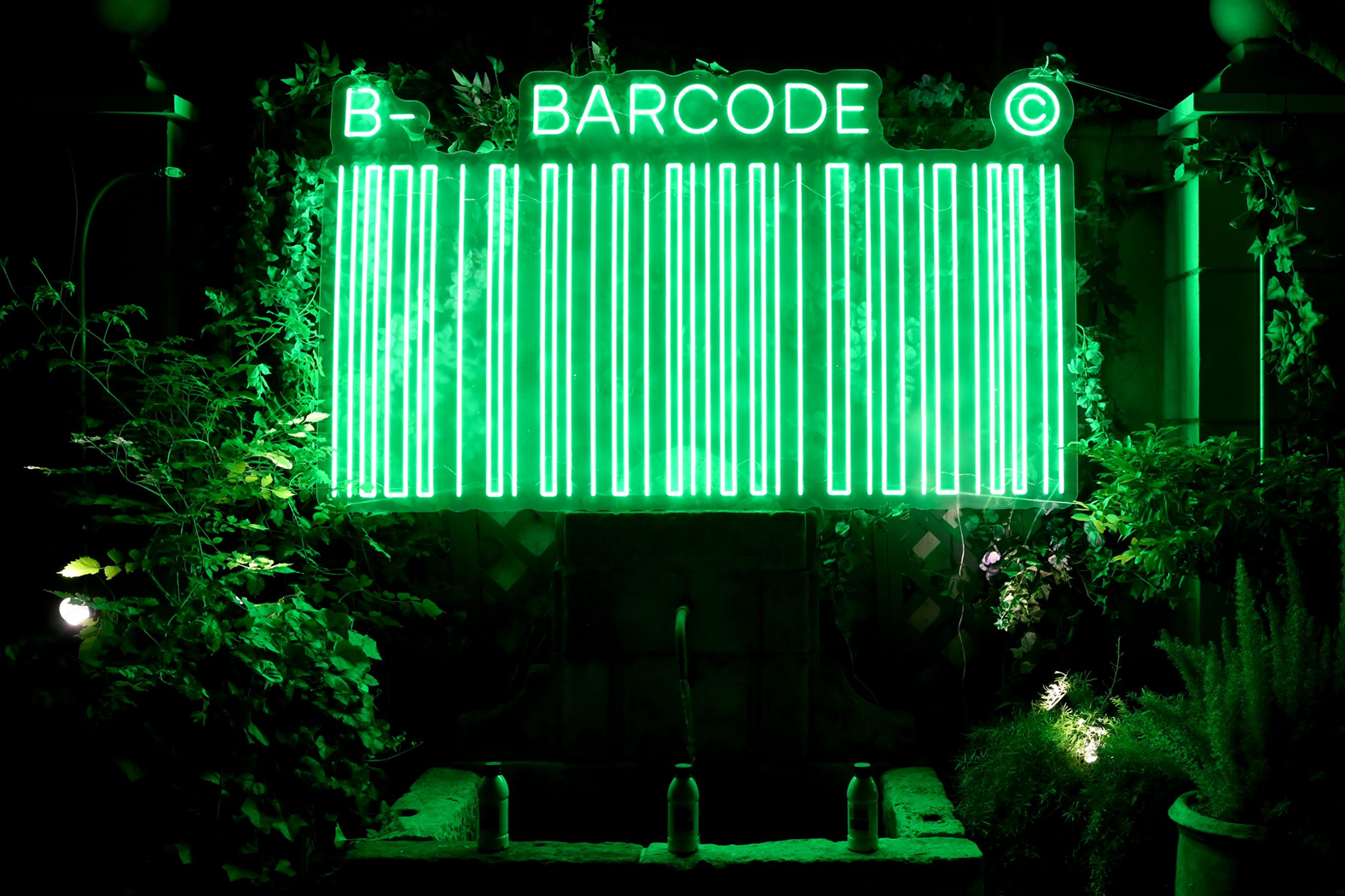Why barcodes are about to check out forever
Barcodes have defined how we shop for almost 50 years – but now one of the most ubiquitous technologies on the planet are set to become a relic of the past, writes Anthony Cuthbertson. What should we expect in their place?


On 26 June, 1974, a packet of Juicy Fruit chewing gum passed through the checkout at a grocery store in Troy, Ohio, becoming the first ever item to have its barcode scanned. Within months, millions of items were beeping through shops and warehouses, and within years it had become one of the most ubiquitous technologies on the planet.
In 2023, more barcodes are scanned each day than there are searches on Google, with the black and white stripes found on everything from soap to satellites. But having dominated modern society for nearly five decades, barcodes are about to disappear forever.
A worldwide initiative called Sunrise 2027, run by the Belgium-based non-profit GS1, is already in the process of ridding the world of barcodes, and replacing them with something far more useful: the Quick-Response code – otherwise known as the QR code.
The dotted boxes can hold 100-times more information than a conventional barcode, while also being capable of shrinking to a tenth of the size and still be readable. Adding another dimension to barcodes – making them 2D rather than just 1D – makes them useful to not just the companies, but also the customers.
One scan of them with a smartphone can offer nutritional information, recycling and washing instructions, recipe ideas, allergens, or even the source of all the ingredients or carbon footprint of a product. They can provide in-built discounts for food that is about to expire, or clothes that are going out of season. Two-dimensional QR codes could therefore mean the end for not just barcodes, but labels altogether.

If successful, the transition will be relatively seamless for customers – like switching from chip-and-PIN to contactless at the checkout. Retailers are required to update their scanners to accept QR codes, though many are already in the process of doing so.
GS1 says that those who have already made the switch are experiencing improved inventory management and a better ability to recall products.
“The traditional barcode is great, but we’re just limited to identifying the product,” says Alfredo Colas, senior vice president of Procter & Gamble. “The 2D code allows us to provide a limitless amount of information based on the experience. The beauty of the 2D code is that it actually allows me to provide the right information at the right time to those that need it most.”

Another early adopter is the US Centers for Disease Control and Prevention (CDC), whose pilot trial on vaccine distribution and administration found that QR codes improved data quality and patient safety. It also saved 3.44 seconds on average for each vaccine dose given, adding up to hours over the course of a week.
“Information is critical in properly evaluating whether the right vaccine was given at the right time to the right patient, and then forecasting the due date for the next dose,” says Stuary Myerburg, team lead of immunisation information systems support branch at the CDC.
If you were born after 1974, it’s unlikely you know a world without barcodes. They are so embedded in our lives that nearly every object we own – excluding antiques – once bore one.
They are so commonplace that unless you’re looking for one at a self-service checkout, you probably don’t even think about them. Only when something goes wrong with them, when a checkout worker has to call in a manual price check for example, does their presence intrude.
But while barcodes are designed to be largely invisible, QR codes want to be noticed.

Most modern smartphones now have the ability to automatically read QR codes through their camera, while everything from restaurants to museums are now placing them in conspicuous places to offer easy-to-access information.
But they’re not perfect. The amount of data that they are able to store means that malicious actors are finding ways to exploit them for financial gain.
Phishing attacks using QR codes, known as Quishing, have seen cyber criminals trick people into scanning a QR code that redirects them to a fake website in order to steal their credentials. Researchers at SecurityHQ, who have observed such attacks, say email providers are still unable to detect dodgy QR codes, allowing hackers to bypass security measures.
Another potential downside to QR codes is they risk excluding people who do not have the capabilities to scan them.

The gradual phase out of barcodes means we may never know what the last item to be scanned will be – it could well be another packet of chewing gum. But they will be remembered on the things we surround ourselves with for decades to come, a relic like a defunct currency on the back of an old book.
Its broader impact on society goes far beyond that. The barcode brought lasers into our daily lives for the first time, infiltrating every checkout we pass through. They’ve revolutionised supply chains – making everything from supermarkets to Amazon possible – and supercharged the global economy. In doing so, they became perhaps the most used technology of the last century. Without them, the world as we know it would grind to a halt.
In an age of invention, the barcode should be remembered as one of the greatest. In a recently published memoir, one of the inventors of the barcode, Paul McEnroe, described its creation as a “technological miracle”, claiming that it was not hyperbole to suggest the barcode is as crucial to the world as electricity and telecommunications.
“I see the world around me, stripped of its substance, leaving only a cloud of the billions and billions of barcodes that make it function so efficiently. It all happened in the course of a lifetime,” the former IBM engineer wrote. “We set out to solve a problem – and in the end, to our amazement, we changed the world.”




Join our commenting forum
Join thought-provoking conversations, follow other Independent readers and see their replies
Comments